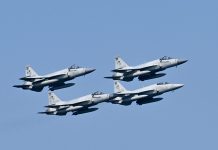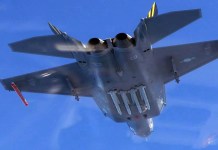India is developing its fifth-gen fighter jet, codenamed Advanced Medium Combat Aircraft (AMCA). With the induction of the stealth fighter slated for 2035 and the decision on the engine yet to be taken, several foreign manufacturers have offered to power the AMCA aircraft.
Fake Threats? US Conducted Massive War Drills With S.Korea To Warn North; But Why Are F-16 Fighters Using ‘Inert’ Air-To-Air Missiles
Nord Stream Attack: Sabotage For Sure, But Fingers Are Pointing Towards Russia’s ‘Biggest Critic’ In Europe
To that end, a delegation from the Defense Research and Development Organization (DRDO) met the representatives from the UK-based Rolls Royce last week to discuss the Advanced Medium Combat Aircraft (AMCA) Engine, Financial Express reported. The DRDO officials were visiting the Rolls Royce plant in the UK.
The British company currently manufacturing engines for sixth-generation fighters like British Tempest and Japan’s F-X is eager to collaborate with India for its fifth-generation engine needs.
It has offered to jointly develop and produce engines for the nation’s fifth-generation fighter aircraft program. Rolls Royce had first expressed interest in developing an engine for AMCA in 2021.
After a fruitful meeting between the two sides, the Indian High Commissioner to the United Kingdom tweeted: “An instructive and impressive day visit to Rolls Royce facilities near; give possibilities to build on existing and historical partnerships in cutting-edge areas of technology.” Rolls Royce has reportedly offered a Eurojet EJ200 version with a thrust of 110-120KN.
If the talks between the two go through, a joint venture could be established between Rolls Royce and DRDO. Under the JV, the Intellectual Property Right (IPR) for the High Thrust Low bypass engine (110kn+) could be retained by India.
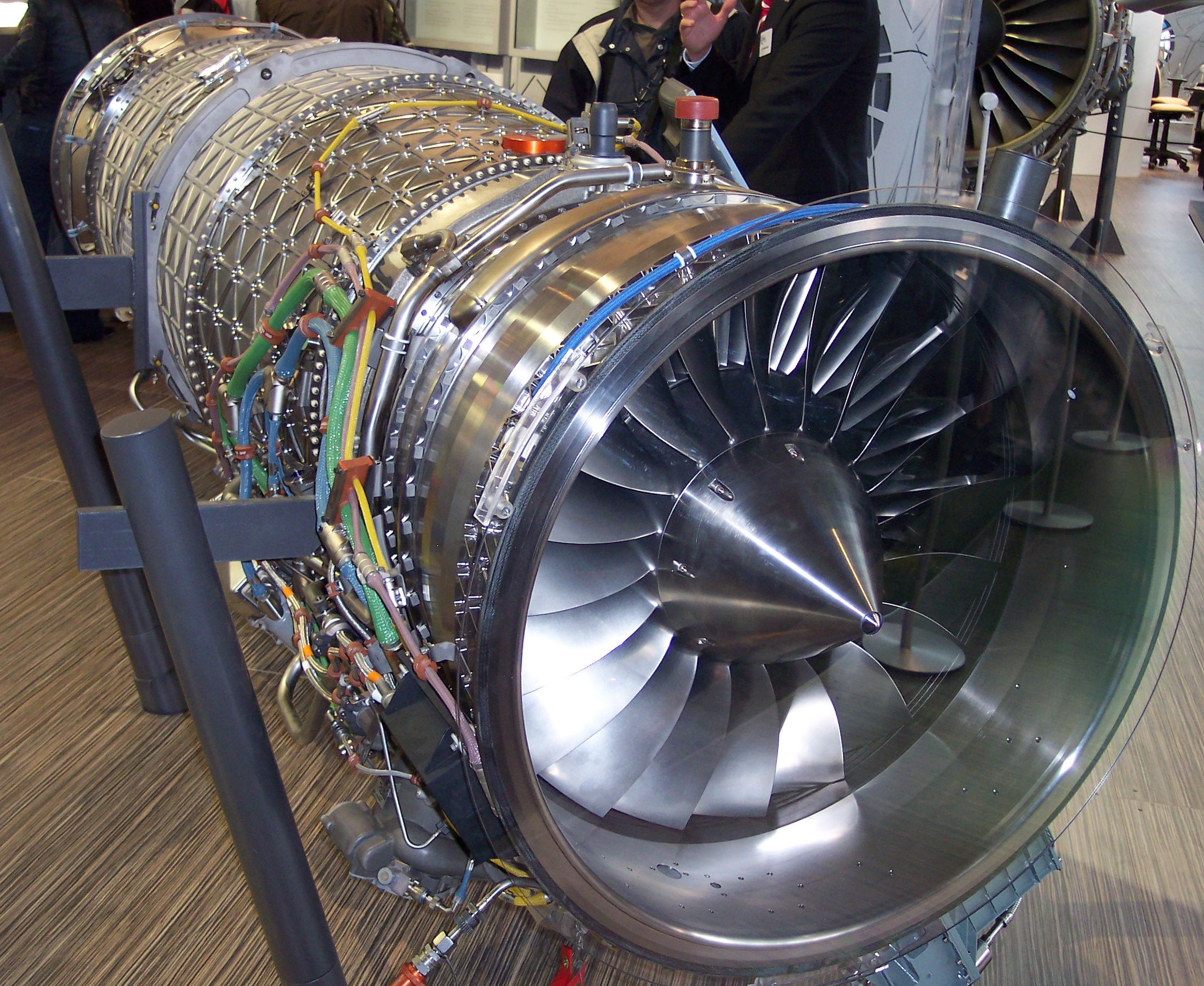
The French company Safran has also submitted a proposal to the Indian government to co-develop with DRDO’s Gas Turbine Research Establishment (GTRE) a new state-of-the-art 110-kilo Newton thrust engine for India’s AMCA fighter project.
Like its European rival Rolls Royce, Safran also has skin in the game. It is one of the main contributors to the 36 Rafales that India acquired in 2016. The SAFRAN-DRDO joint venture is planned with complete ToT and is based on the M88 engine base type.
Besides French and British companies, American engine major General Electric (GE) has also entered the game. Earlier this year, it had offered to develop the jet engine for India’s under-development AMCA aircraft, three years after suspending joint development of aircraft engines under the Defense Trade and Technology Initiative (DTII) in October 2019.
The American corporation GE is the supplier of F404IN20 engines for the Light Combat Aircraft (LCA) Tejas Mk-1. The company’s F414-INS6 engines were also selected to power the MK-2 version of the LCA, and the company’s CFM56 engines power the Indian Navy’s P-8I. The CT7-8 engines power the Indian Air Force’s VVIP squadron of AW101.
Procuring advanced and cutting-edge technology from foreign partners will allow India to wield formidable aircraft. However, it does not automatically translate to independent manufacturing capability and would inadvertently limit the export of the AMCA to other countries.
Imported Engines Could Be An Antidote
While the French manufacturer has promised the Transfer of Technology (ToT) for India’s AMCA, the British Rolls Royce has proposed the transfer of Intellectual Property rights (IPR).
However, ToT and IPR ownership generally do not indicate the ability to manufacture independently, forget about exporting.
Even though Tejas is India’s indigenous fighter jet, there are many foreign components in it. Currently, 50 to 65% of the components of the Tejas are indigenous, and the rest have been imported from foreign companies.
India originally intended to use the state-run DRDO’s Kaveri engine, which was built domestically. Later, India ended up choosing the US-made GE F404 engine.
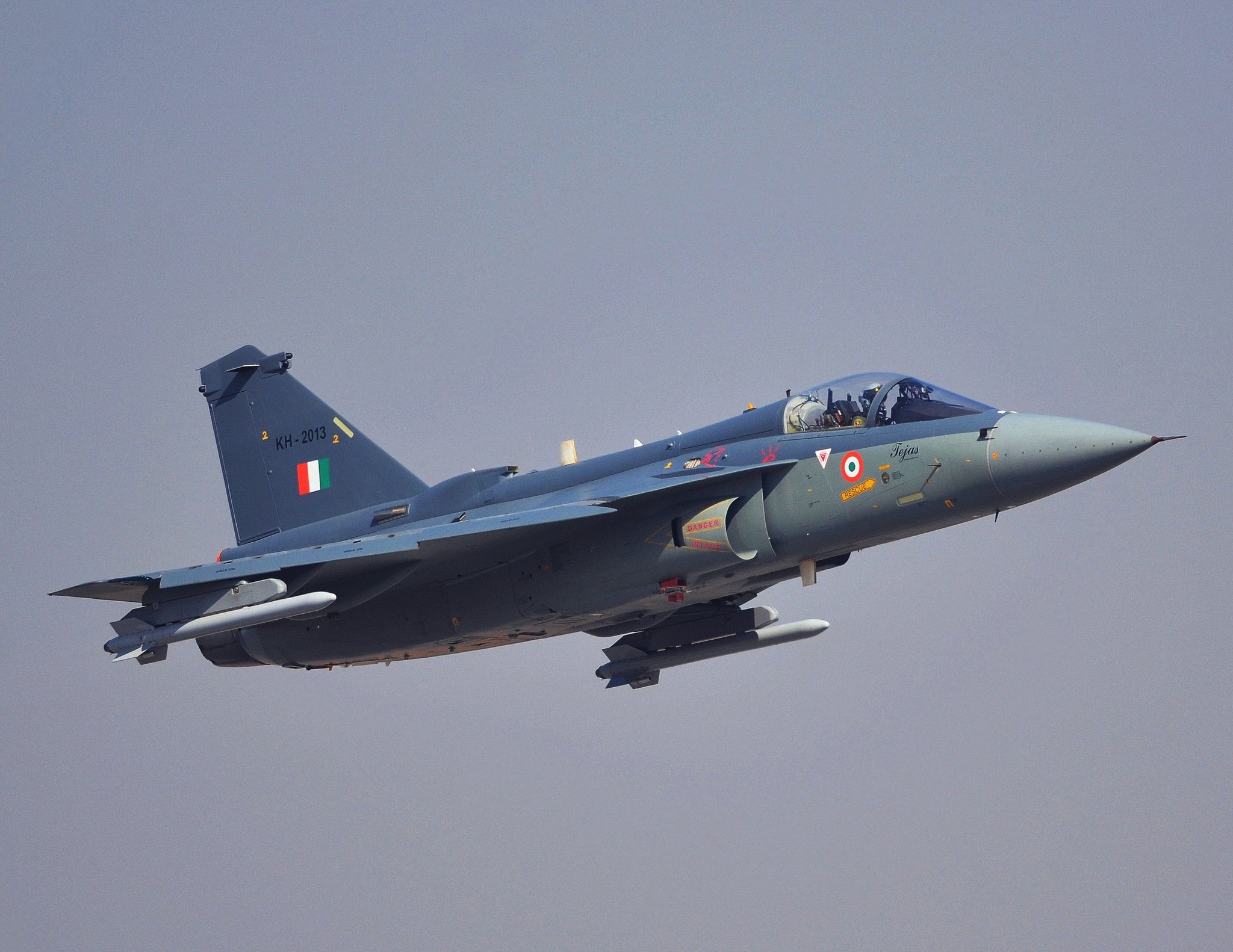
These foreign components give Tejas superior capabilities over its international rivals. They do, however, have a drawback.
India cannot independently export the Tejas fighter plane to any country due to its reliance on foreign components. The nations that helped build the Tejas may object to its sale to any of their adversaries.
Transfer of Technology and Intellectual Property Rights are meaningless unless India has the industrial base of manufacturing all the components that will go into the engine. The country is now years away from acquiring such a capability.
The Original Equipment Manufacturers (OEMs) can sanction the supply of components bringing production to a halt anytime, or the OEM can refuse export permission. Also, an incomplete clause built into such contracts would not allow the importing country to get the components manufactured from any other source if the OEM discontinues supply.
Squadron Leader Vijainder K Thakur (retd) told EurAsian Times, “India could acquire the technology to manufacture critical components such as turbine blades for a hot engine. It should also require design ToT. We built the Vikas rocket motor with help from France under a similar arrangement. Getting the vendor to part with critical manufacturing technology will require hard bargaining for which India must be prepared.”
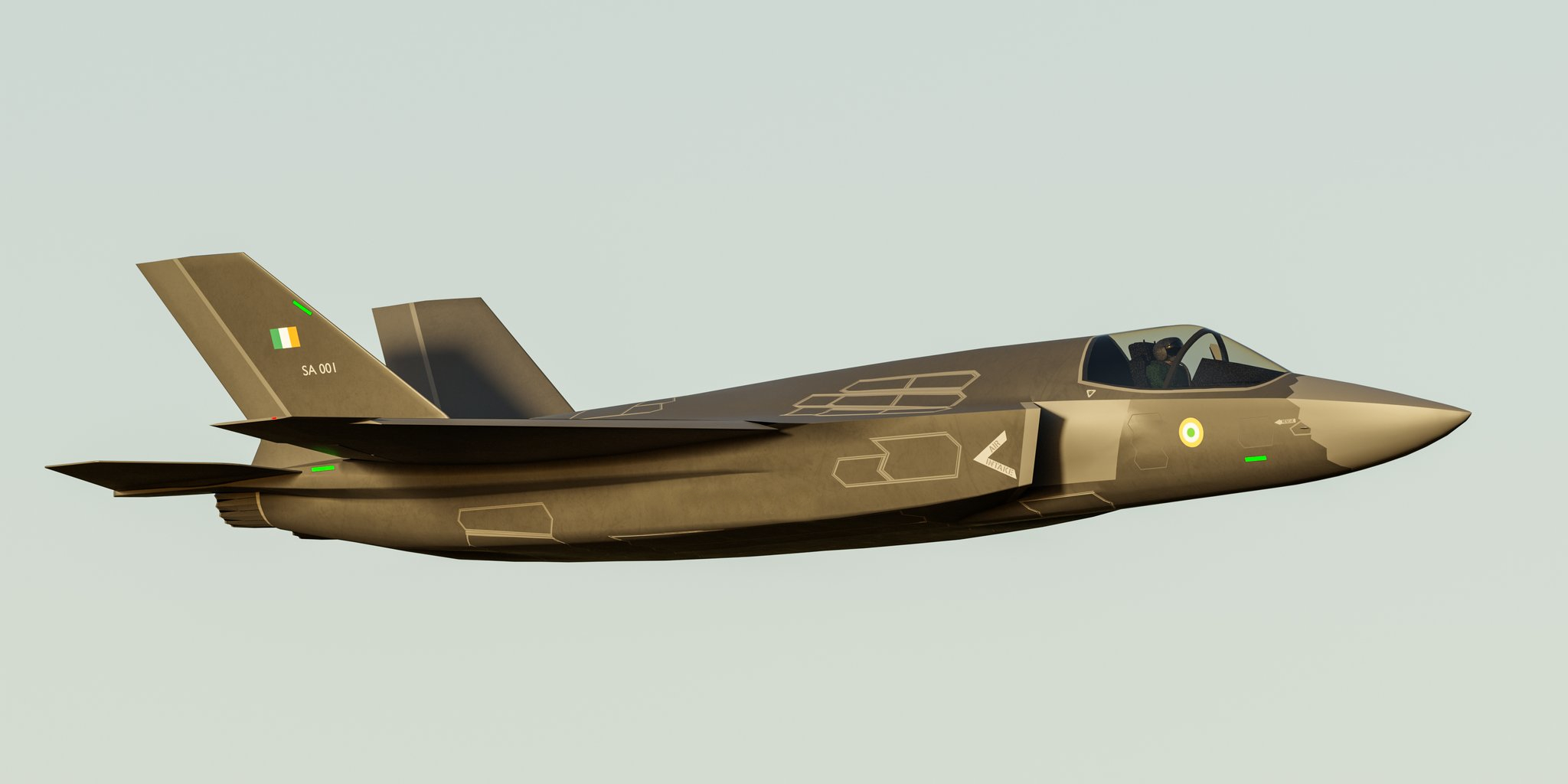
However, according to reports, IPR would guarantee that engines may be sold to other parties and that the United Kingdom does not have veto power over India in case of geopolitical fallout.
Officials from the company claim that Rolls-Royce believes it can work well with AMCA to produce engines in India. This area shows the ability to jointly develop, produce, and create things in the future. Additionally, it is congruent with India’s Atmanirbhar (self-reliant) philosophy and commitment to local design and manufacture.
This becomes especially relevant given that India is striving to relinquish the image of a net defense importer and aspiring to export indigenously developed weapons.
Although Safran and Rolls-Royce are the main rivals, Safran has not yet met the specifications for Rafale jet engines. The transfer of aircraft engine technology is included in the offset requirement of the Rafale deal.
Indian AMCA is envisioned as a twin-engine stealth aircraft with an internal weapons bay and diverter-less supersonic intake, which has been produced for the first time and for which the design is now complete.
It will be a 25-ton aircraft with an internal payload of 1,500 kilograms and an external payload of 5,500 kilograms in addition to 6,500 kilograms of internal fuel. The AMCA is scheduled to make its first flight in 2024-25, with series production starting in 2030.
- Contact the author at sakshi.tiwari9555@gmail.com
- Follow EurAsian Times on Google News

